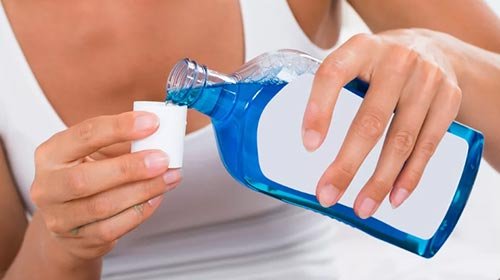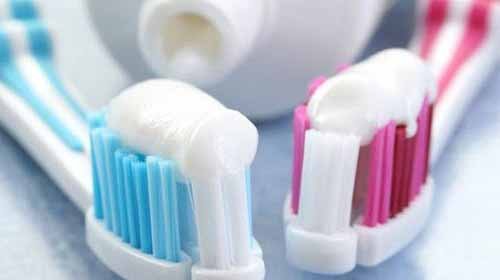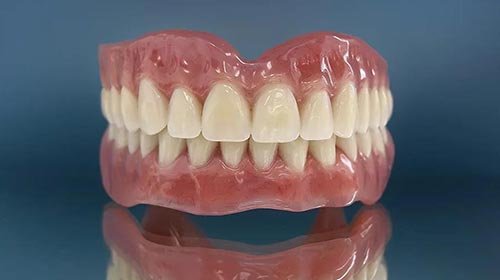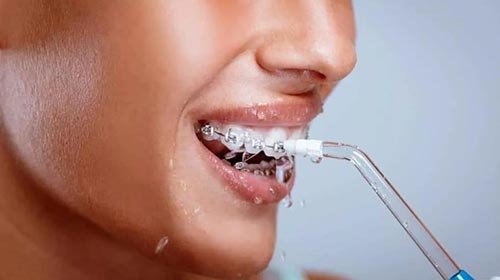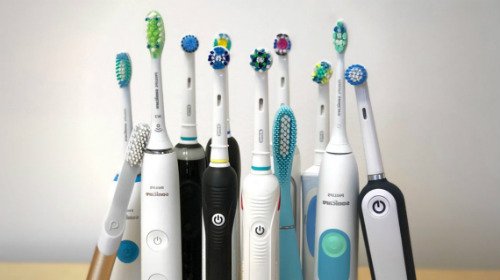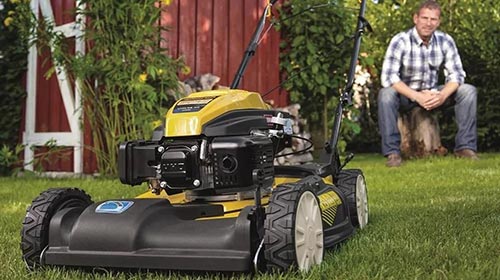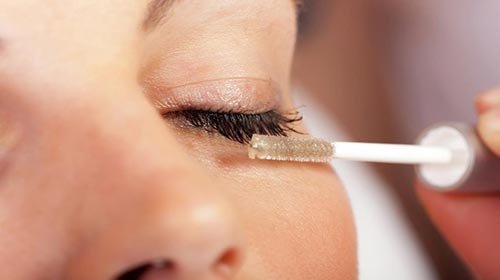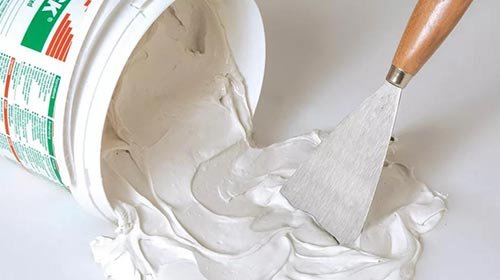Irrigator - This is a special device for cleansing teeth from plaque using a jet of fluid that is fed under high pressure. At the same time, the remnants of food are removed, and the gums receive a massage, which has a beneficial effect on their condition. Regular use of the irrigator at home reduces the number of visits to the dentist, increases the service life of implants, crowns and fillings, and maintains a high level of oral hygiene.
Content:
See also:
History of the development of the irrigator
When was the first device invented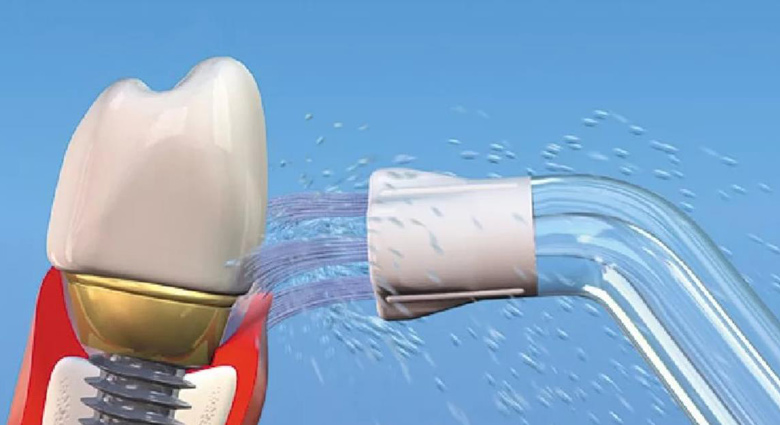
For the first time a similar device was manufactured in 1962 by American dentist Gerald Moer. Together with hydraulic engineer John Matingli, they have been developing and improving this device for five years. The main task was to effectively isolate the working part of the device from water ingress. During the five years of testing and testing, more than 140 variants of the device design were created, and in 1967 the irrigator was patented and put into mass production. Since then, repeated tests have proven the effectiveness of the device for gingivitis, periodontitis and in the fight against dental plaque.
A jet of fluid can penetrate into the periodontal pockets and the space between the teeth. If there are crowns or braces in the mouth, the use of an irrigator allows you to keep them almost perfectly clean, which cannot be achieved with the help of traditional hygiene products - a toothbrush, thread and rinse. At the same time, we must understand that the irrigator can not replace a toothbrush.
Device types
Choose a portable or stationary irrigator
Irrigators are divided into two main groups depending on mobility - stationary and portable, each of which has certain advantages and disadvantages. Therefore, before buying an irrigator, you need to decide which type best suits your needs: how often you plan to use it, what features it should have, whether it will be an individual device or an irrigator for the whole family with interchangeable tips.
Most irrigators consist of a fluid reservoir connected by a tube to a handle through which spraying takes place. Modern models are equipped with a special regulator that allows you to vary the strength and intensity of spraying fluid.
|
Type of |
Benefits |
disadvantages |
|
Stationary |
+ affordable price; + Power supply; + enlarged fluid reservoir; + big set of nozzles; + the ability to adjust the power of the cleaning jet. |
- big sizes; - It is impossible to take with you on trips. |
|
Portable |
+ compact size; + mobility. |
- high price; - a small fluid reservoir; - it is impossible to create a high pressure jet due to the low power of the batteries. |
There is one more type of irrigators - volumeless. They do not have a tank and are connected directly to the faucet. In this case, the efficiency of the device depends on the pressure force in the water pipes. Moreover, in such devices it is technically impossible to pour any other liquid other than tap water, the quality of which is often in doubt. These features do not contribute to the popularity of this type of irrigators.
Specifications
What are the most important characteristics in the irrigator?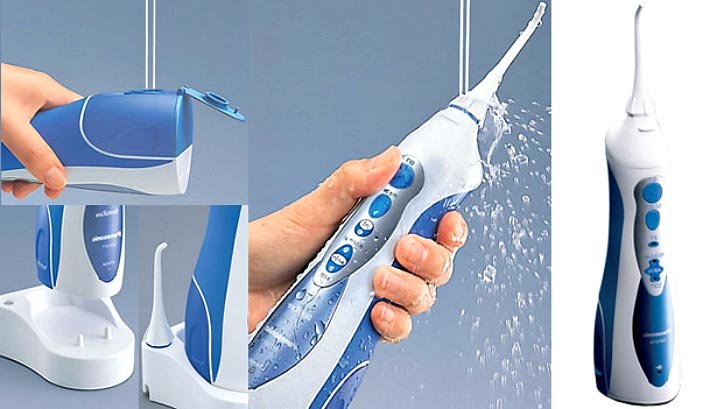
Depending on the type of irrigator, the devices differ in terms of the volume of the liquid reservoir, the type of power, the number of nozzles, the duration of continuous operation, air supply technology and the presence of additional functions.
In order to choose the best irrigator, always pay attention to the power of the device, because this indicator directly affects the quality of tooth brushing and gum massage. The minimum allowable power stationary irrigator is 550 kPa. For portable models, power is usually lower, but it should not be less than 520 kPa. The optimal number of jet pulsations per minute is 1200, regardless of the type of device.
Depending on the model of the device, the liquid jet can be a conventional mono jet, pulsate or contain air microbubbles.
Monostruya cleans the oral cavity only due to the high pressure created. This is an outdated technology that is less efficient than the other two.
Periodic pulsation of water has the effect of massage on the gums, thereby improving blood circulation and supplying them with oxygen. Pulsation creates micro-hydraulic water shocks, thereby more effectively removing plaque and food debris.
The jet of water mixed with the smallest air bubbles due to the high oxygen content has a bactericidal effect on the pathogenic microflora. It is very important to maintain the proper level of oral hygiene for people with dentures, crowns, braces and when the gingiva is prone to bleeding.
Indications and Contraindications
When is it recommended to use an irrigator?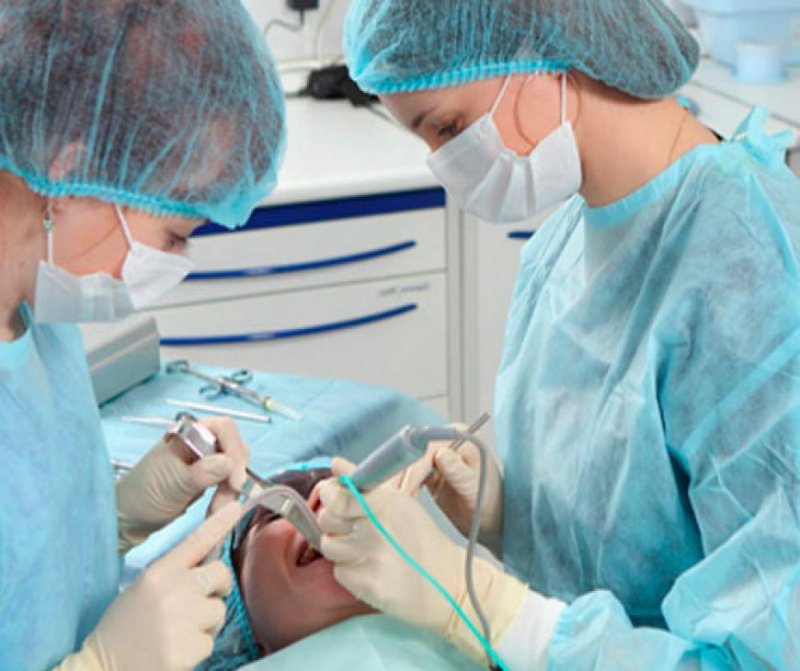
The use of irrigator has practically no contraindications. This device can be recommended for permanent use in preventive and therapeutic purposes to those who seek to maintain the hygienic condition of the oral cavity at a high level. Regular use of an irrigator is an excellent prevention of caries, gingivitis, periodontal disease and many other dental problems.
Dentists recommend using irrigator:
- Pregnant women. During this period, the risk of caries and various periodontal diseases is high. Regular use of the device helps to significantly reduce these risks and improve the condition of the oral cavity;
- Patients who are being treated with an abnormal bite or have certain structural features of the jaw, for example, crowded teeth. It is often difficult for such people to observe oral hygiene due to objective reasons. The use of an irrigator helps to solve the problem of quality cleaning of hard-to-reach places;
- People suffering from gingivitis or having the initial stages of periodontitis. To achieve the maximum therapeutic effect, it is better to replace the water with special solutions;
- Patients with various orthopedic structures in the mouth - braces, crowns, bridges and the like;
- Smokers and people suffering from bad breath.
Do not use the irrigator if:
- there is bleeding of the gums, which does not pass after two weeks of using the device;
- exacerbated chronic inflammation of the mucous membrane of the mouth;
- there are severe pathologies of the heart and cardiovascular system.
Preschoolers do not have sufficiently developed manual skills, so it is better for them not to use such a complex device without adult control.
Irrigator fluids
Choosing a special irrigator fluid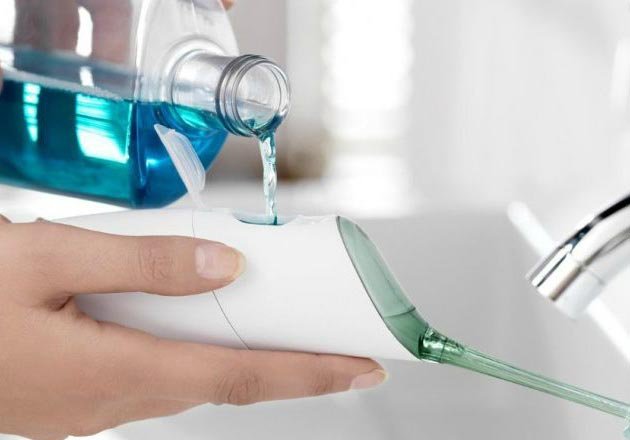
Ordinary water can be used to treat the oral cavity with an irrigator; however, to achieve the maximum effect, it is possible to use special liquids for the irrigator. Depending on the composition and purpose, such liquids are divided into professional dental liquids and household household products.
Professional fluids are prescribed by the dentist for therapeutic or restorative purposes after the surgery. Often the use of such liquids occurs in parallel with physiotherapy. They include antiseptics and biological supplements that enhance local immunity and strengthen tooth enamel.
For home use, therapeutic and prophylactic fluids are used. Depending on the composition, they are divided into:
- eliminating bleeding - shown in various diseases of the gums. Extracts of chamomile, sage, oak or St. John's wort have anti-inflammatory effects. Some formulations contain triclosan or chlorhexidine, with pronounced antibacterial properties;
- fluoride-containing fluoride compounds strengthen the crystal lattice, contributing to the normal remineralization of tooth enamel;
- eliminating bad breath - contains extracts of peppermint, pine needles or parsley leaves. These substances have good deodorizing properties.
Some prefer to use herbal teas made by themselves. In such cases, it is necessary to filter the finished composition well so that the plant particles do not clog the working holes of the irrigator and do not lead to device breakage.
In any case, before you start using the irrigator, you should consult with a dentist.
